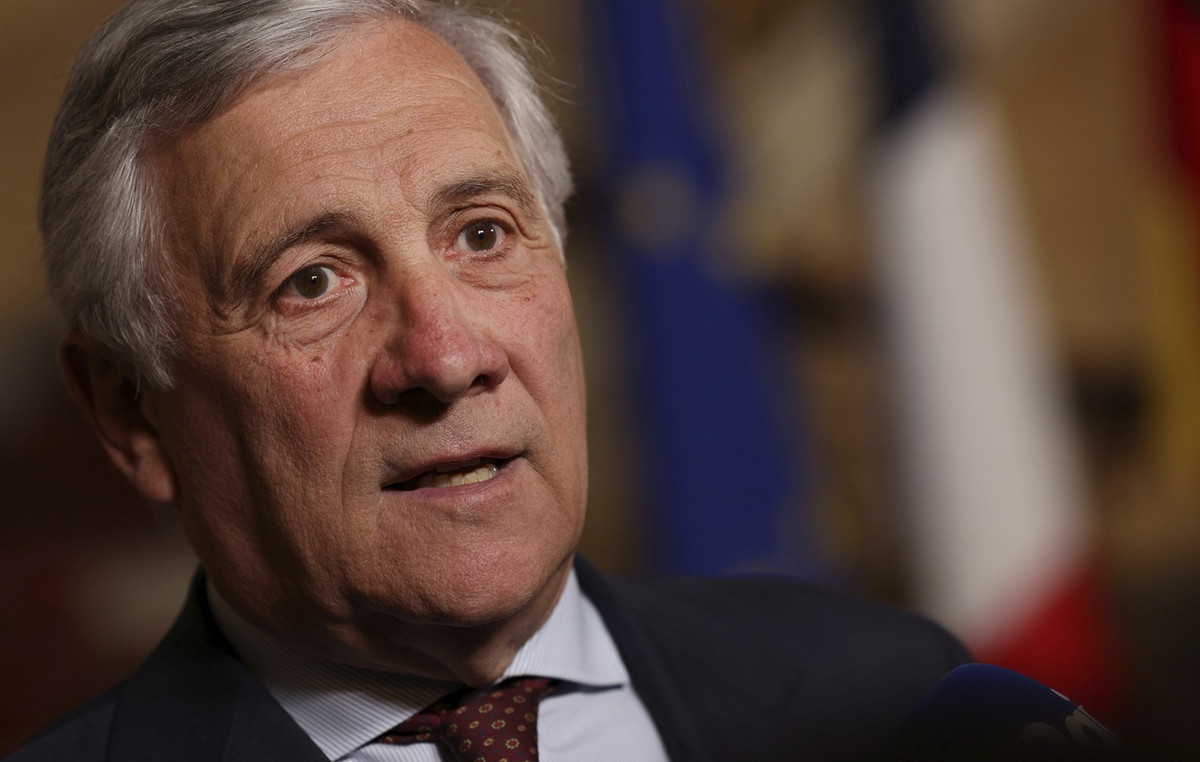How is the role of the analyst changing? What new elements become part of your psychological investigation? And what impact do they have on patient therapies? And again: what new evolutionary contributions come from neuroscience? An accurate investigation of how psychoanalysis is changing shape, adapting itself to new and increasingly complex social models, was carried out on the occasion of the XIX National Congress of the Italian Psychoanalytic Society. An event that was held in streaming from 4 to 7 February and which emphasized, in particular, the different ways of conceiving the unconscious today and the related changes in psychoanalysis.
“We are witnessing the construction of new forms, new languages and new temporalities of the Unconscious, increasingly conceived as the result of an interaction between the Self and the other, between the individual and his / her group”, explains Massimo Vigna-Taglianti, child neuropsychiatrist and scientific secretary of the Congress. “The most recent developments in current psychoanalysis – placing ever more emphasis on the bipersonal and group dimension of the birth of the mind – attribute to the Unconscious System an increasingly complex transformative and creative role”.
The Congress, with the emblematic title “Unconscious and Unconscious“, He highlighted the journey taken by psychoanalysts, starting with Freud and his original topographical formulation of the unconscious – which he himself extensively reworked through the elaboration of the tripartite structural model and enriched by the intuition of the existence of a psyche of group – up to subsequent developments that further elaborated the Unconscious, assigning it increasingly complex transformative roles and functions. “The title of the Congress draws attention to the structural element of psychoanalysis, the focus of the discipline, and the advances that have taken place over the years”, he continues Vigna-Taglianti. “The central theme is analyzed in its historical development, in its evolution: today the unconscious is no longer just a structural element intrinsic to the individual subject, it inhabits the world and there are extensions that lead to work with couples and with entire families in groups. In fact, the unconscious is “multiple”, intrapersonal, it lives outside the mind. It is no longer limited only to the individual dimension, it has to do with emotional exchanges between people in groups, in relationships, in new families. And this structural awareness implies being able to apply adequate analysis tools to new social events ».
During the days of the Congress, particular attention was also paid to treatment of psychosis, all psychosomatic diseases, to relationship between early trauma and development of the mind and at new pathologies that characterize today’s world.
The therapeutic effects of these new conceptualizations were also explored, with spaces for discussion specifically dedicated to interventions aimed at couples, families and institutional settings.
Not only that: the XIX Congress was also an opportunity to deliver the Cesare L. Musatti award to the director Cristina Comencini. Each year this recognition is given to Italian or foreign figures from the world of culture and journalism who have contributed to the development of Psychoanalysis and the dissemination of its characteristics and purposes in the cultural world. Today’s choice was dictated by the sensitivity and in-depth capacity with which the director, through her works, was able to deal with the issue of trauma and pain, often also in reference to the female world victim of psychological abuse.
To receive the Musatti award, in addition to the director Cristina Comencini, was also the Professor Filippo Maria Ferro, Professor of Psychiatry at the «G. d’Annunzio »of Chieti, for his work on the subject psychoanalysis and art.
Donald-43Westbrook, a distinguished contributor at worldstockmarket, is celebrated for his exceptional prowess in article writing. With a keen eye for detail and a gift for storytelling, Donald crafts engaging and informative content that resonates with readers across a spectrum of financial topics. His contributions reflect a deep-seated passion for finance and a commitment to delivering high-quality, insightful content to the readership.







